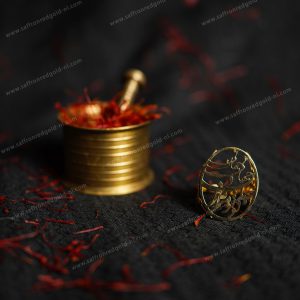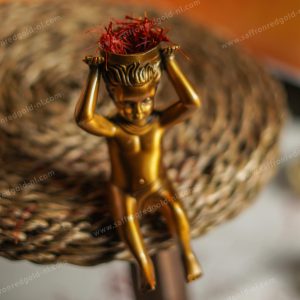
History of Saffron
The history of Saffron cultivation in the world is 5,000 years old. The Saffron cultivated today has not been seen in the wild, and it is believed that in the Bronze Age (3500 years before the birth of Christ) wild Saffron of C. Cartwrightianus was mutated.
This is a colorful and expensive plant that has no stems for many years and has onions, and because it is grown in desert soil, it is known as red gold or desert gold. For every 150 flowers, one gram of Saffron and for about 147,000 fresh flowers, one kilogram of dry Saffron is obtained.
Types of Saffron

-
- Negin Safrron
Negin saffron, is known as the best type of saffron in Iran… (Read More)
________________________________________ - Sargol Saffron
Sargol saffron, is actually what is in the minds of most people about saffron… (Read More)
________________________________________ - Straw Safrron
Straw saffron is actually the red stigma part of the saffron string with 1 to 3 mm of the yellow cream part… (Read More)
________________________________________ - Girl Screw Safrron
Saffron is the most basic and main type of saffron that is stacked and dried… (Read More)
________________________________________ - White Safrron
It is sometimes seen that fraudsters have painted the white part or the cream of saffron… (Read More)
- Negin Safrron
The correct way to consume Saffron
According to studies, the best correct way to consume Saffron is to use its powder. Saffron powder is more efficient and releases more compounds. For this reason, it is better to grind Saffron strings first and then use it. To enjoy the most properties and compounds, be sure to use ground Saffron powder and use this powder in foods or beverages.
It is generally said that it is better to use only three strands of Saffron for one meal a day. Each gram of Saffron is approximately equal to 463 strands. Therefore, one gram of Saffron can be consumed for approximately 150 meals. Consumption of five grams of Saffron or more can cause poisoning and consumption of 12 to 20 grams of Saffron can be even deadly.
There is no difference between the permissible consumption of Saffron for both women and men. Only about 30 mg of Saffron per day is allowed and will not be dangerous. However, pregnant women should be careful in consuming Saffron. In the early months of pregnancy, when the risk of miscarriage is high, it is recommended not to use Saffron, and after five months when the condition of the fetus is proven, you can use Saffron in very small amounts.
Saffron consumption for children is no different from men and women. Because Saffron has many properties for children and Saffron tea can be used to treat their cough and sore throat.













